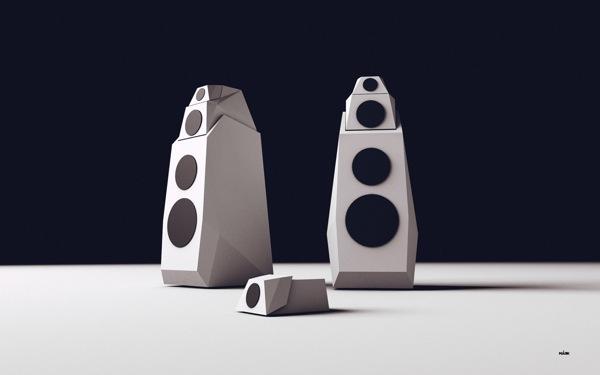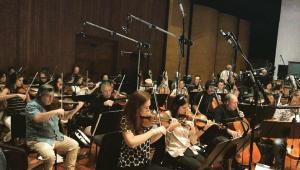DIY projects are perfectly fine...IF you are doing it because you love to "tweak", love to build stuff, and are just as happy building the gear as listening to it! There are PLENTY of "DIY guys" who love tinkering! And it's absolutely OK to have a hobby like this.
However, if you are doing it to save money, I will say, flat out, you are a fool. Yes, you might save a few bucks...but your results will most likely be sub-par as well. Don't think you are smarter than a team of engineers who has been refining a design over the past couple decades! Also, don't think your manufacturing skills are going to be on par with the specialized tools they have available to them!
The thing is...you don't HAVE to spend $30,000 for a great pair of speakers! Or $10,000 for an amp.
I have a set of Atlantic AT-1s which are OUTSTANDING and can be had new for a few grand! I am using it with a recycled Proton D-1200 amp (FREE! Plucked from the recycling pile we have at work!) and a Parasound 2100 Preamp with a Parasound ZDAC as my source. Sounds great, and didn't cost an arm and a leg.
If you are serious about the RESULTS and not just the process of building something, then do your homework, look for good deals on used gear, and shop around. You can probably find what you are looking for without the hassles involved in building it yourself.


































































